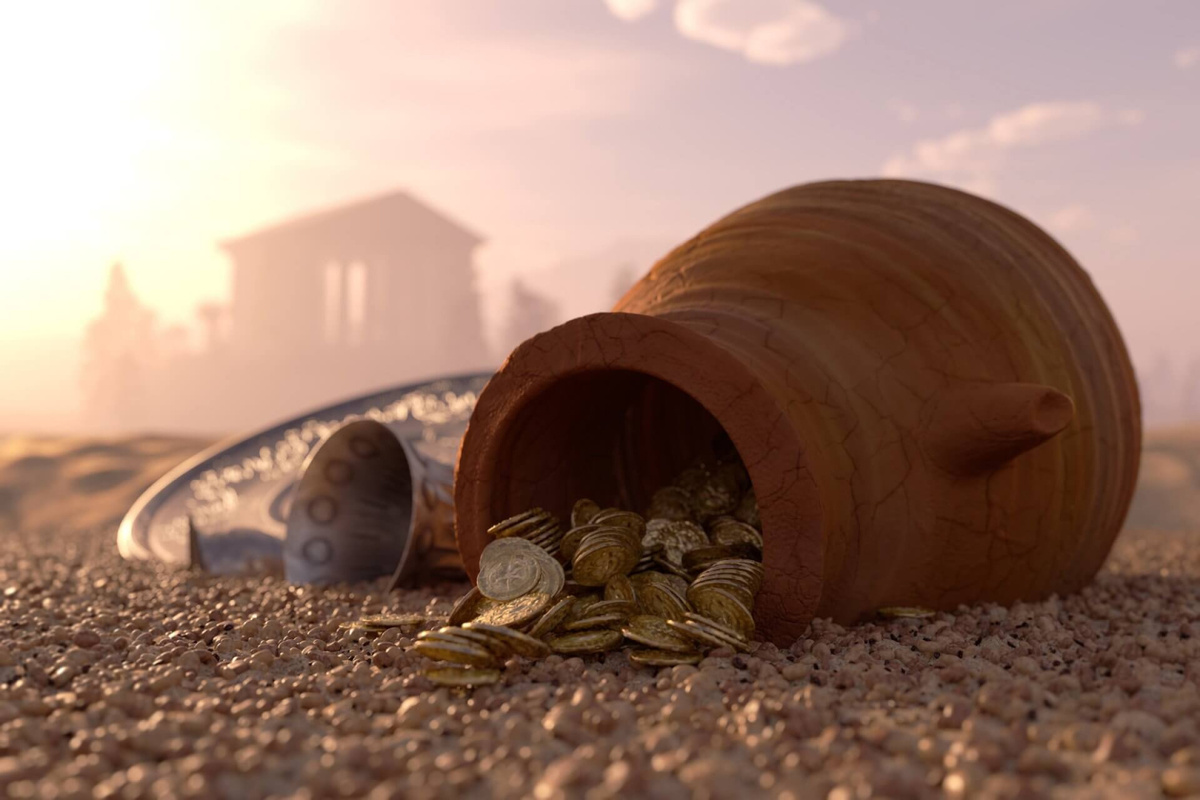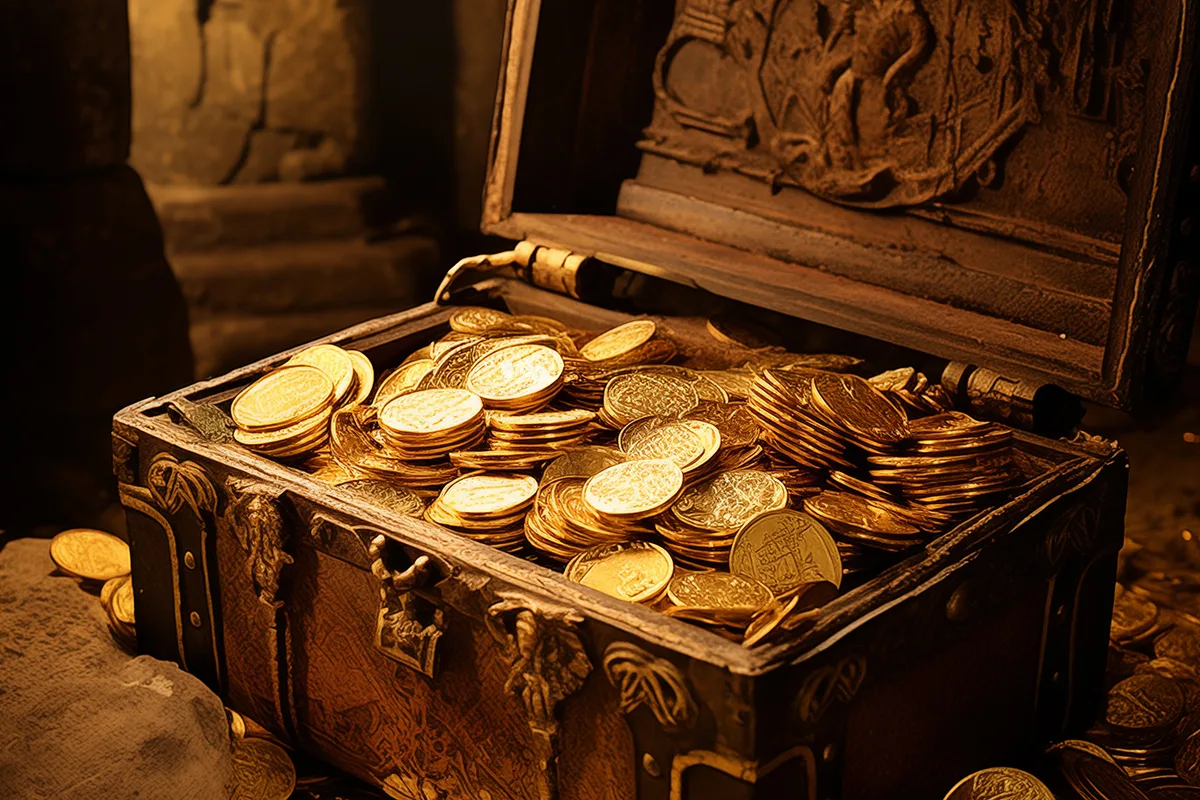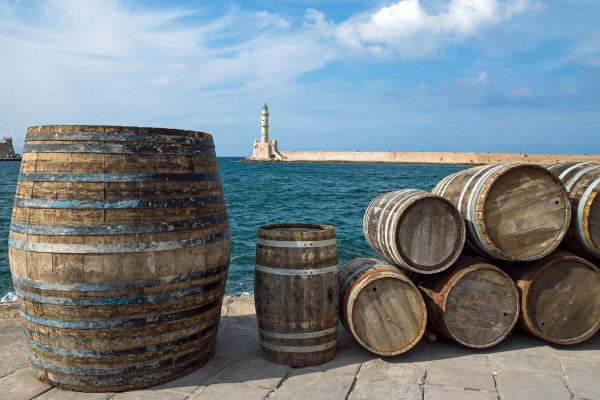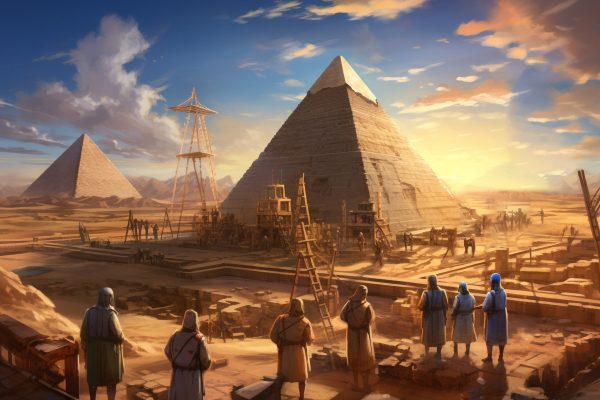Archaeologists have discovered one of the largest Byzantine treasures ever found in Israel in Sussita: gold coins, pearl earrings and a story of war, faith and disappearance.
In a high corner of northern Israel, overlooking the Sea of Galilee, a metal detector began to emit frantic signals. They could never have imagined what they were about to find. What seemed like a routine inspection in Sussita National Park (or Hippos, as it was known in ancient times) has become one of the most dazzling archaeological discoveries of the decade: a 1,400-year-old Byzantine treasure trove consisting of nearly 100 gold coins and fragments of exquisite jewellery encrusted with pearls and semi-precious stones.
A Byzantine treasure
The discovery took place in July 2025, when Edie Lipsman, an experienced metal detectorist who has been working with the University of Haifa (Israel) excavation team for many years, detected a strong signal near a large stone located between two ancient walls. The device went haywire, so to speak; it was clear that what awaited her was not a simple random find, but a veritable treasure trove.
Following Lipsman’s initial detection, archaeologists, led by researchers Michael Eisenberg and Arleta Kowalewska of the Zinman Institute of Archaeology, quickly confirmed that it was indeed one of the largest Byzantine treasures ever found in Israel on dry land. They had located a large quantity of gold coins, among other objects.
Imperial coins and jewels fit for a queen
Specifically, hidden in the slopes of the Golan Heights near the Sea of Galilee, up to 97 gold coins were discovered, dating from the reign of Emperor Justinian I (518–527 AD) to the early years of Emperor Heraclius (610–613 AD). Among them are solidi, semissis and tremissis (a coin created by Theodosius I) made of pure gold. Some coins even retained traces of fabric, suggesting that they were wrapped in a linen or silk bag.
One of the most valuable pieces is an extremely rare tremissis, minted in Cyprus in 610 during the revolt of Heraclius the Elder and his son against Emperor Flavius Phocas. This specimen is so precious because only one other coin of this type has been found in Israel, according to the team’s numismatist, Danny Syon.
As for the jewellery, archaeologists found delicate earrings and fragments of gold decorated with pearls, semi-precious stones and coloured glass. According to experts, the goldsmithing is of such exquisite quality that these designs could well serve as inspiration for creating contemporary jewellery based on this Byzantine treasure. For the time being, the team from the University of Haifa plans to conduct a detailed investigation of each of the coins and objects found.

Hippos: a Christian city between faith and fire
Sussita, also known by its Greek name Hippos (meaning horse), was a city founded by the ancient Greeks in the 2nd century BC, which eventually became an influential Christian centre during the Byzantine period. At its peak, it was home to at least seven churches and was an episcopal see, as it was an important Christian centre at the time.
But in 614, the city was shaken by the invasion of the Sassanid Empire (the Persians), which ravaged many Christian cities in the region, including Sussita (or Hippos). In this war scenario, it is not surprising that this precious treasure had been hidden to avoid the feared looting of the population.
The remains of a world that has disappeared
What makes this treasure special is not only its material value, but also the historical moment in which it is set. It is a time of tremendous transition in the region.
After the withdrawal of the Persians, the Byzantines briefly regained control of the area, until in 636 Muslim forces permanently conquered Palestine. The city was finally abandoned in 749 due to a devastating earthquake measuring 6-6.5 on the Richter scale, which destroyed thousands of lives and buildings. The earthquake did not only affect Sussita: Tiberias, Beit She’an and Pella were also destroyed.





